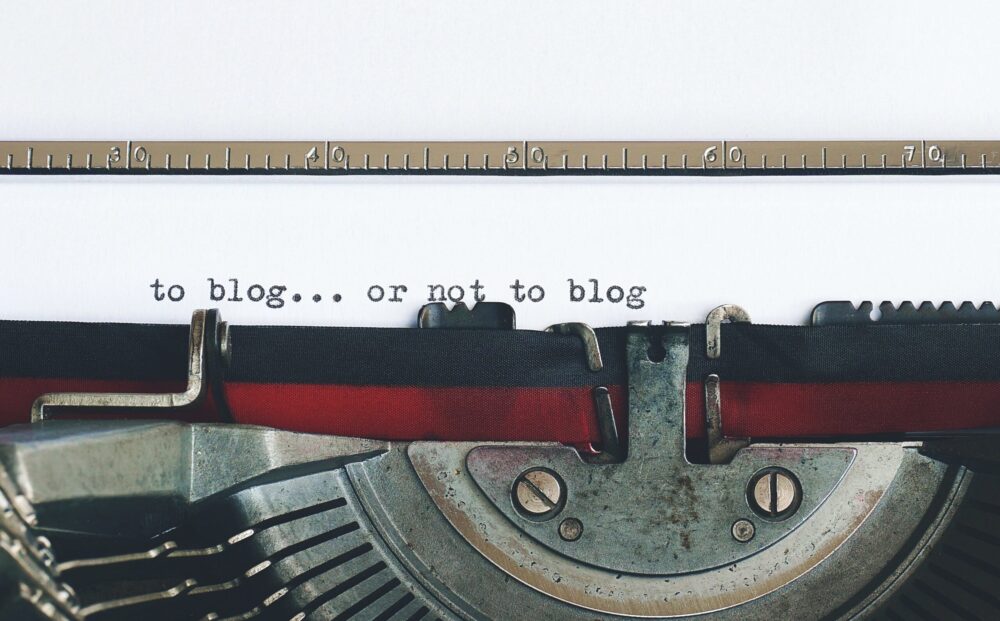Writer’s block bedevils most of us writers at some point. No big deal if you’re writing “for fun;” but if writing is your business, getting blocked at the blank page is a potential crisis.
Your deadline is looming, and you have to get past the block—yesterday.
I’ve had my share of cold sweats trying to get the words out. But two books in particular helped me tremendously in dealing with writer’s block and other creativity-stifling problems.
Work With Your Natural Creativity
The first book is 𝗔 𝗧𝗲𝗰𝗵𝗻𝗶𝗾𝘂𝗲 𝗳𝗼𝗿 𝗣𝗿𝗼𝗱𝘂𝗰𝗶𝗻𝗴 𝗜𝗱𝗲𝗮𝘀, by prominent 1940s advertising executive James Webb Young. The book clocks in at only fifty pages; But don’t let its diminutive size fool you—it was for me (and still is) a powerful tool for tapping into creativity.
Young describes idea generation as a process occurring in five stages (my labels):
𝘊𝘰𝘭𝘭𝘦𝘤𝘵𝘪𝘰𝘯: You begin by gathering all the raw data you can about the project at hand;
𝘊𝘰𝘮𝘣𝘪𝘯𝘢𝘵𝘪𝘰𝘯: You then engage with the data by arranging and rearranging it mentally into various combinations.
𝘐𝘯𝘤𝘶𝘣𝘢𝘵𝘪𝘰𝘯: Reaching exhaustion with all that data manipulation, you turn your mind away from it to something else (a walk, a movie, another project, etc.). Your subconscious mind, however, continues to work with the data.
𝘐𝘭𝘭𝘶𝘮𝘪𝘯𝘢𝘵𝘪𝘰𝘯: You may soon have an “Ah-Ha!” moment when your subconscious mind suddenly delivers an idea or the solution into your conscious mind.
𝘝𝘢𝘭𝘪𝘥𝘢𝘵𝘪𝘰𝘯: You submit your new idea to the crucible of public opinion, peer review, or your own cold assessment to ensure it’s a good one.
Young’s book is mainly about idea generation in general and for a wide array of applications. But I’ve found it especially helpful for developing a theme or angle for a writing assignment.
Start Writing...Even If It's Icky
In the second book, 𝗕𝗶𝗿𝗱 𝗯𝘆 𝗕𝗶𝗿𝗱, renowned novelist Anne Lammot provides her own way of dealing with blocks: write, what she calls, “Sh*tty First Drafts.”
Lamott says to throw caution to the wind and start writing whatever comes to mind—and ideally without stopping—even if it reeks of fecal matter. From her perspective, you have to bowl your way past the inner critic by the impulsive act of writing.
As to the lackluster copy you produce, no one but you (or whoever you foolishly allow) is going to see it. And now that the first execrable draft is out of your system, you can edit or completely rewrite it.
The first draft simply becomes a waypoint on the path to a finished piece that meets your and your client’s standards.
***
I’ve learned from both Young and Lamott, each in their own way, that creativity and idea generation is a process. Our biggest hurdle is learning to trust it and “go with the flow.”
When writing, having a little fun and “just letting it fly” can go a long way toward dissolving fear of the blank page.
![]() David Webster is a copywriter and consultant who creates online marketing content for clients.
David Webster is a copywriter and consultant who creates online marketing content for clients.
You can learn more about David’s services at webstercreative.com




I don’t even know how I ended up here, but I beliieved this post was
great. I don’t recognise who you are however definitely you are going to a well-known blogge when you are nott
already. Cheers! https://ukrain-Forum.biz.ua/
Great article! I really appreciate the clear and detailed insights you’ve provided on this topic. It’s always refreshing to read content that breaks things down so well, making it easy for readers to grasp even complex ideas. I also found the practical tips you’ve shared to be very helpful. Looking forward to more informative posts like this! Keep up the good work!